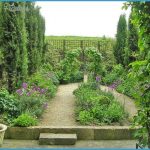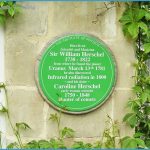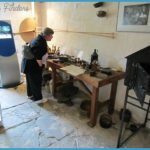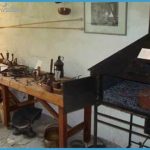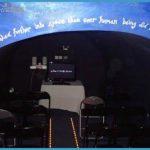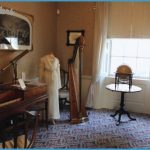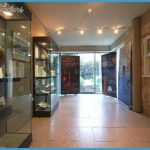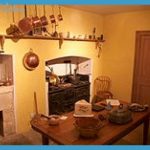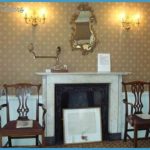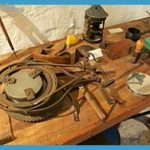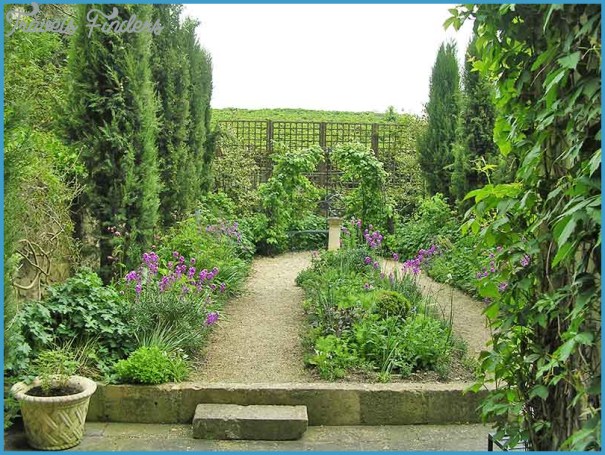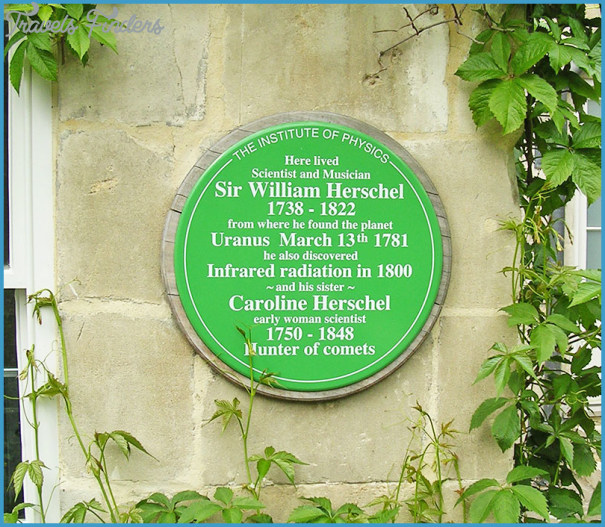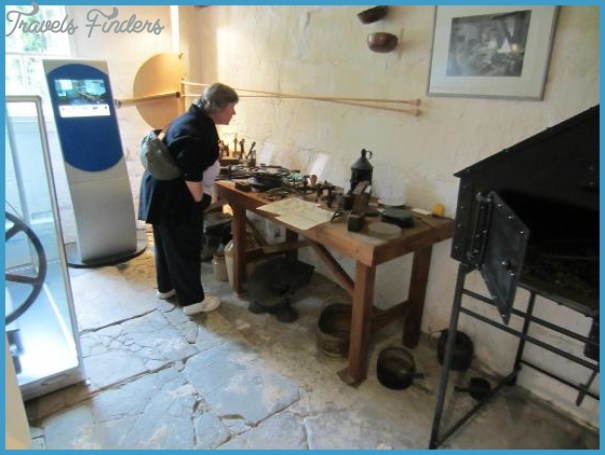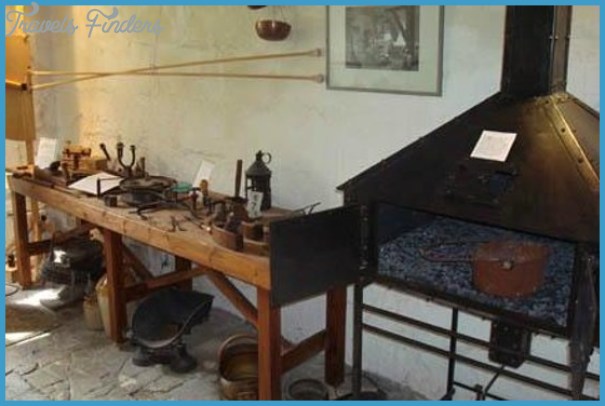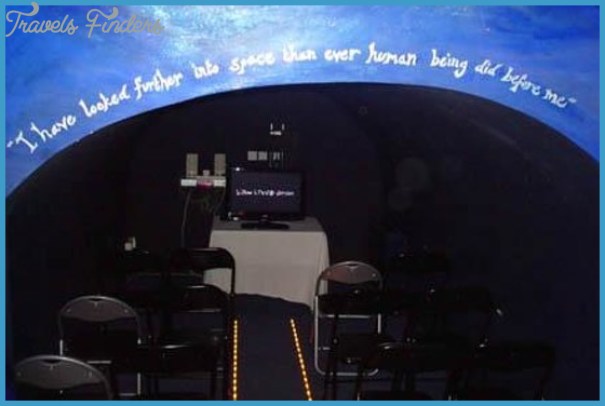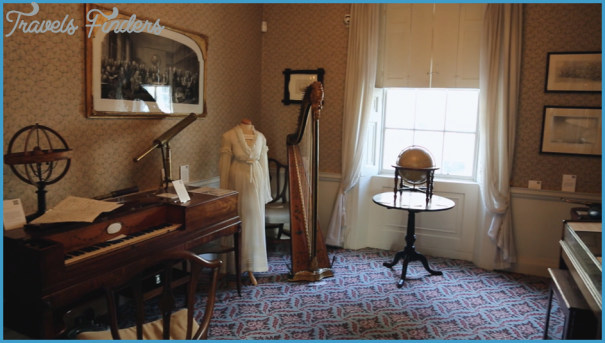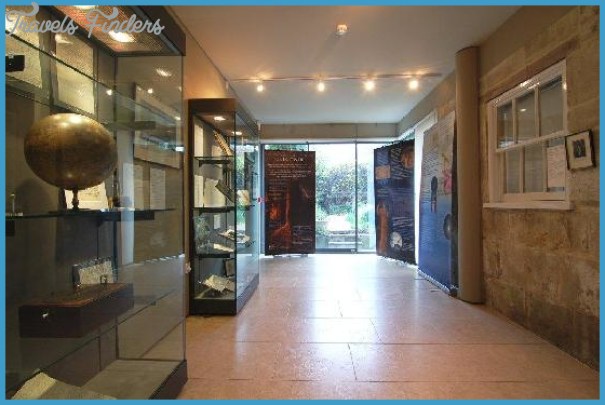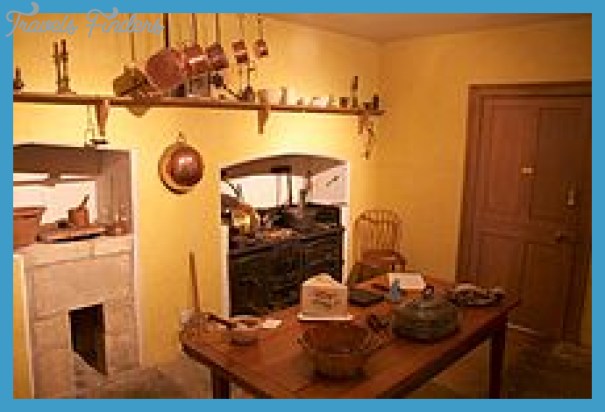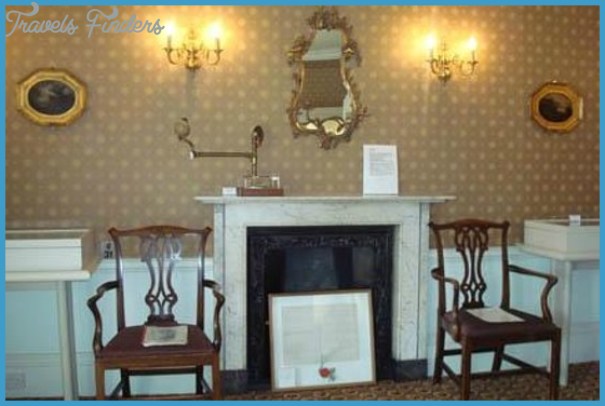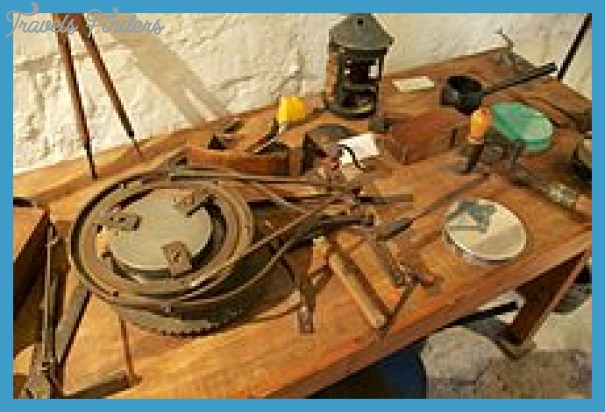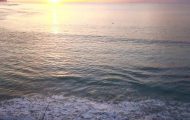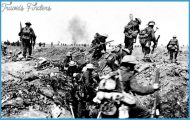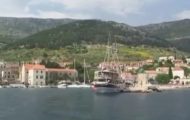HERSCHEL MUSEUM
William Herschel may be best remembered as the astronomer who in 1781 discovered the planet Uranus, but by profession he was a musician. For more than 30 years he pursued a career as an oboist, violinist and organist, tenor, teacher, conductor and composer. Born in Hanover in 1738 into a family of military bandsmen, he and his brother Jacob went to England following the outbreak of the Seven Years War in 1756. William stayed on, taking teaching and conducting posts in Durham, Newcastle, Leeds and Halifax, composing two dozen symphonies and several concertos. In 1766 he settled in Bath, where he was first organist and then director of music at the new Octagon Chapel.
Shortly after his arrival in Bath he presented a benefit concert of his own works, playing the violin, oboe and harpsichord. He took work in theatres in both Bath and Bristol, and published chamber music. But after a disagreement in 1771 with Thomas Linley senior, the preeminent Bath musician of his day, he gave increasing rein to his consuming interest in astronomy, establishing a workshop for casting mirrors and building telescopes.
In 1770 Herschel took lodgings in a terrace house, 7 New King Street. The need for larger quarters (by then his sister Caroline, herself both musician and astronomer, was living and working with him) led him to move in 1774 to near Walcot Turnpike. He built telescopes and taught music by day and observed the sky by night. They returned to New King Street in 1777, to what is now no. 19, where he first observed the planet Venus. In 1779 they moved to 5 Rivers Street, a vantage point from which he attempted to measure the height of the lunar mountains, but in March 1781 returned to 19 New King Street. There Herschel observed Uranus with a portable telescope in the garden, between 10 and 11 p.m. on 13 March. Soon after, he was awarded a royal pension and could devote himself to astronomy. He and Caroline finally left Bath in 1782 for a house in Datchet, on the Thames and (in accordance with the terms of his pension) within easy reach of Windsor Castle, and from 1789 operated in the gardens of his final residence in Slough,
HERSCHEL MUSEUM Photo Gallery
Observatory House. That house was demolished in 1962, though there is a memorial to him in Herschel Street in Slough; the famous 40-foot (12-metre) telescope he built there was destroyed in a gale in 1839. Herschel became a British subject in 1793 and was knighted in 1816; he died in 1822.
It was not until the late 1970s that the importance of preserving 19 New King Street came to be recognized. The outwardly unremarkable Georgian terrace townhouse, built in 1764 in one of the less fashionable streets near the Avon, has only lately been listed Grade II. Nothing of its original decor survives, nor – apart from the stone floor and sink and the site of the furnace in the basement – does anything of the Herschels’ time there. The back garden room, an extension of the basement, would seem to have served as his workshop, while the original back room by tradition would have been the kitchen. In 1978 the William Herschel Society was established to acquire and restore the house and in 1981 the museum was opened there, 200 years to the day after the discovery of Uranus.
Today the William Herschel Museum is one of a group in Bath depicting life in the 18th century, watched over by the Bath Preservation Trust. The ground- and first-floor rooms are modestly furnished in period style, in keeping with the relatively modest life Herschel and his sister led. In the rear ground-floor drawingroom there is a model of his 40-foot telescope, portraits of the Herschels and a 1780 map of Bath. In the diningroom at the front is a table constructed with a surviving plank from a larger table at Observatory House in Slough, a Thomas Rowland print of a man studying a comet and a planesphere from 1810 by John Cary. Upstairs, in the rear drawing-room, are books from Herschel’s library and the well-known oil portrait by Edward F. Burney, the nephew of Herschel’s friend Dr Charles Burney, himself a musician and amateur astronomer. The room at the front of the first floor is devoted to music, with relevant period instruments on display – a Longman & Broderip square piano (1795), an oboe, a clarinet and a military serpent – as well as remnants of the Snetzler organ Herschel played at the Octagon Chapel. But even here, with one of Herschel’s oboe concertos playing in the background, astronomy vies for attention: a miniature telescope sits on a table, a globe on the piano. Also of keen interest are the photograph (one of the earliest) of the 40-foot telescope taken by his son John and the Wedgwood portrait relief (1783) cast from life.

